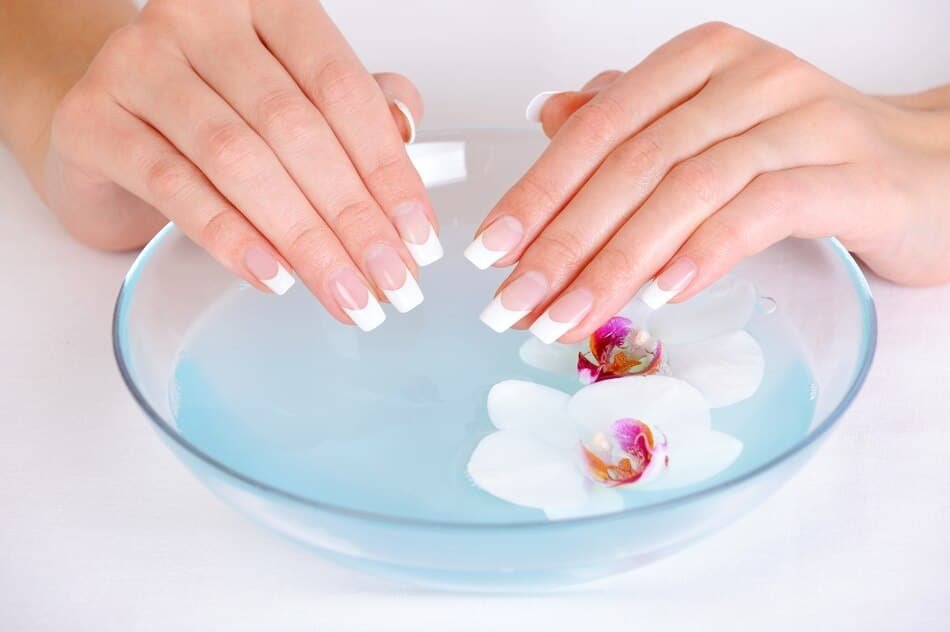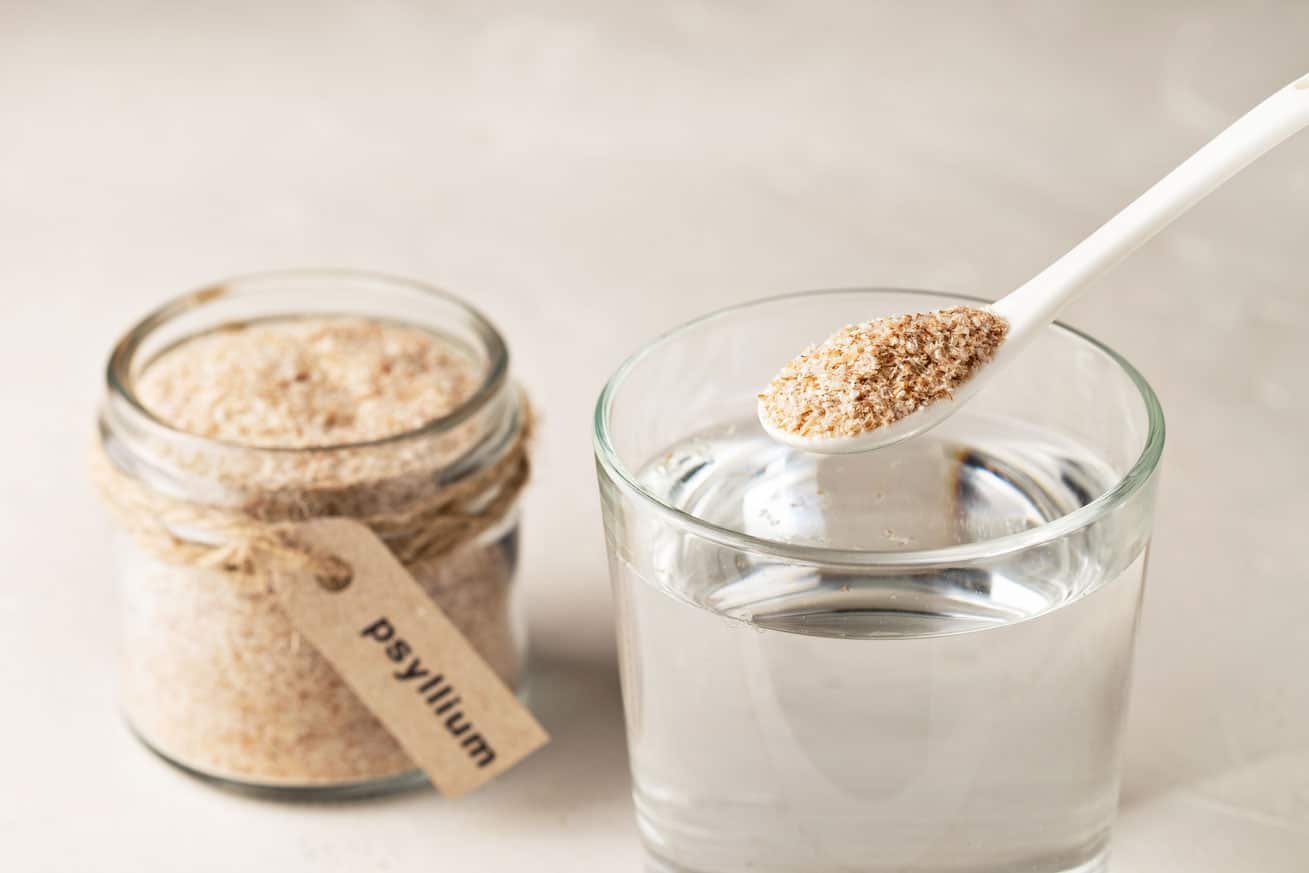If you have pudendal neuralgia your pelvis may always hurt and be sore. But having a complete plan for dealing with this condition like set routines can help a lot and improve life. This article discusses how movements can help with pudendal neuralgia by looking at the different kinds of movements, how they work, and things to keep in mind. People can take steps to make their lives easier and more satisfying if they know how pudendal neuralgia exercises can help them.
Understanding Pudendal Neuralgia Exercises
It is hard to move around when you have pudendal neuralgia because it hurts. The pain in the pelvic area is caused by the pudendal nerve getting swollen or pressed on. The sexual and the rectal regions can feel because of this nerve. If it gets hurt it can hurt so badly that it is unbearable like being burned, stabbed, or shot.
Pudendal neuralgia is usually caused by injuries swelling or nerves getting stuck. It is important to know about this issue because it can make life very hard for some people. Good management techniques like focused movements can help people feel better and regain control of their pelvic health and well-being.
The Role Of Exercise In Pudendal Neuralgia Management
If you have pudendal neuralgia you will have constant pain in your pelvis. This pain is usually caused by the pudendal nerve being sore or pressed on. Living with this illness can be very bad because it makes people feel bad, makes it hard for them to move around, and makes them sad.
Pudendal Neuralgia Treatment Requires Exercise For Several Reasons
1. Pelvic Floor Muscle Strengthening And Relaxation
Moving your pelvic floor or Kegels can help strengthen and loosen up the muscles in that area. The muscles will work and feel better and the pudendal nerve will be less stressed.
2. Increase Blood And Oxygen
Getting some exercise, mainly cardio like walking or riding a bike, can help the blood flow. When there is more blood flow to the pelvic area it is easier for it to heal and feel less pain.
3. Mental Benefits
How you feel about yourself can change significantly if you work out regularly. It can make you less anxious and stressed which can make your pudendal neuralgia symptoms worse. Endorphins are painkillers your body produces and working out makes more of them. This is good for your mental and emotional health.
4. Improving Physical Fitness
Working out can keep your body in good shape, make you stronger, and improve your life in general. It can also help people cope with how their daily lives are affected by pudendal neuralgia and make them feel in charge.
5. Supporting Holistic Management
Physical therapy changing what you eat and taking medicine are good ways to treat pudendal neuralgia but exercise works even better. This is an important part of a bigger plan to solve the problem.
Exercise is healthy but it should be done safely and under supervision
- Talk to your doctor or a personal trainer about making a workout plan that works for you and your goals.
- So you don’t hurt yourself too much, start slowly and add more time and more challenging exercises over time.
- Listen to what your body is telling you. Don’t do exercise if it makes your condition worse. Instead, talk to a doctor.
When you work out your body, mind, and spirit all feel better which is suitable for people with pudendal neuralgia. When exercise is part of their care plan people can get back in charge of their pelvic health and enhance their quality of life.
Types Of Pudendal Neuralgia Exercises
Exercise is vital to getting better for people with pudendal neuralgia. They help keep the pelvic floor healthy and work out certain groups of muscles. People with pudendal neuralgia often do the following types of things
1. Pelvic Floor Exercises Kegels
The pelvic floor muscles keep the pelvic organs in place and let you control your bladder and bowels. Kegel exercises work these muscles. Tense the muscles on the bottom of your pelvis like you’re about to pee hold for a few seconds and then let go. This is one Kegel. Do this a few times every day.
2. Gentle Stretching Routines
Stretching can help loosen tight muscles around the pelvis. A personal trainer can help you do gentle yoga or pelvic stretches making you more flexible and easing pain.
3. Breathing And Relaxation Techniques
Regular breathing exercises and relaxation methods like deep breathing can help ease stress and relax the muscles in the pelvic floor. When pain gets worse taking slow deep breaths can help.
4. Yoga For Pelvic Health
Yoga workouts and poses meant to improve pelvic health can help you relax, become more flexible and ease the stress on your muscles. People with pudendal neuralgia may also find it easier to deal with their pain if they do yoga.
5. Core Strengthening Exercises
A part of the core muscles, the transverse abdominis, can be made more robust to help support the hip. When you move your core be careful not to make things worse.
6. Aerobic Exercises
Moving your body in low-impact ways like walking, swimming, or riding a bike without moving can help your overall health and blood flow which is suitable for your pelvic area.
7. Posture And Body Mechanics Training
Moving and balancing well can reduce stress on your pelvis and pelvic floor muscles. A physical therapist can assist you to stay in the proper position and move correctly.
8. Tailored Physical Therapy
People with pudendal neuralgia need to work with a physical therapist for pelvic floor issues. These professionals can help people learn how to take care of themselves, make workout plans just for them, and undergo physical therapy.
Benefits Of Pudendal Neuralgia Exercises
Activities that help people with pudendal neuralgia in more than one way can help them deal with their pain. These activities are a big part of a complete treatment plan and they help in more ways than one. These are the main reasons why you should work out if you have pudendal neuralgia
1. Reducing Pain
One of the best things about activities for people with pudendal neuralgia is that they help ease the pain. Targeted exercises like Kegels and stretching routines can ease pain and soreness in the pelvic area.
2 Better Pelvic Floor Function
When you work out for pudendal neuralgia the muscles in your pelvic floor get more robust and work better together. If your muscles work better, controlling your bladder and bowels may be more accessible, and less likely that your pelvic organs will move around.
3. Better Blood And Oxygenation
Moving aerobically and stretching can help increase blood flow to the pelvic area. This improves pain relief, reduces swelling, and allows the body to heal.
4. Stress Reduction
People with pudendal neuralgia often feel stressed and worried which can make their symptoms worse. Exercise, especially calming exercises like yoga and breathing can help reduce stress and worry.
5. Improved Quality Of Life
When someone has pudendal neuralgia exercise can improve their life by reducing pain and stress. Better mental and physical health makes everyday life better.
Conclusion
Adding exercises to your plan to treat pudendal neuralgia is an innovative and effective way to ease the pain and improve your pelvic health. There is a big difference between working out right and working out wrong. If you work out wrong you should get help from a professional. By doing this people with pudendal neuralgia can take back control of their lives and get the most out of a well-rounded plan to deal with this challenging illness.

Dr. Mehmood, a respected health and fitness authority, blends medical knowledge with coaching expertise. With a holistic approach, they design tailored programs that inspire individuals to reach wellness goals through sustainable lifestyle changes. Their guidance and motivational techniques empower clients to unlock their full potential.







